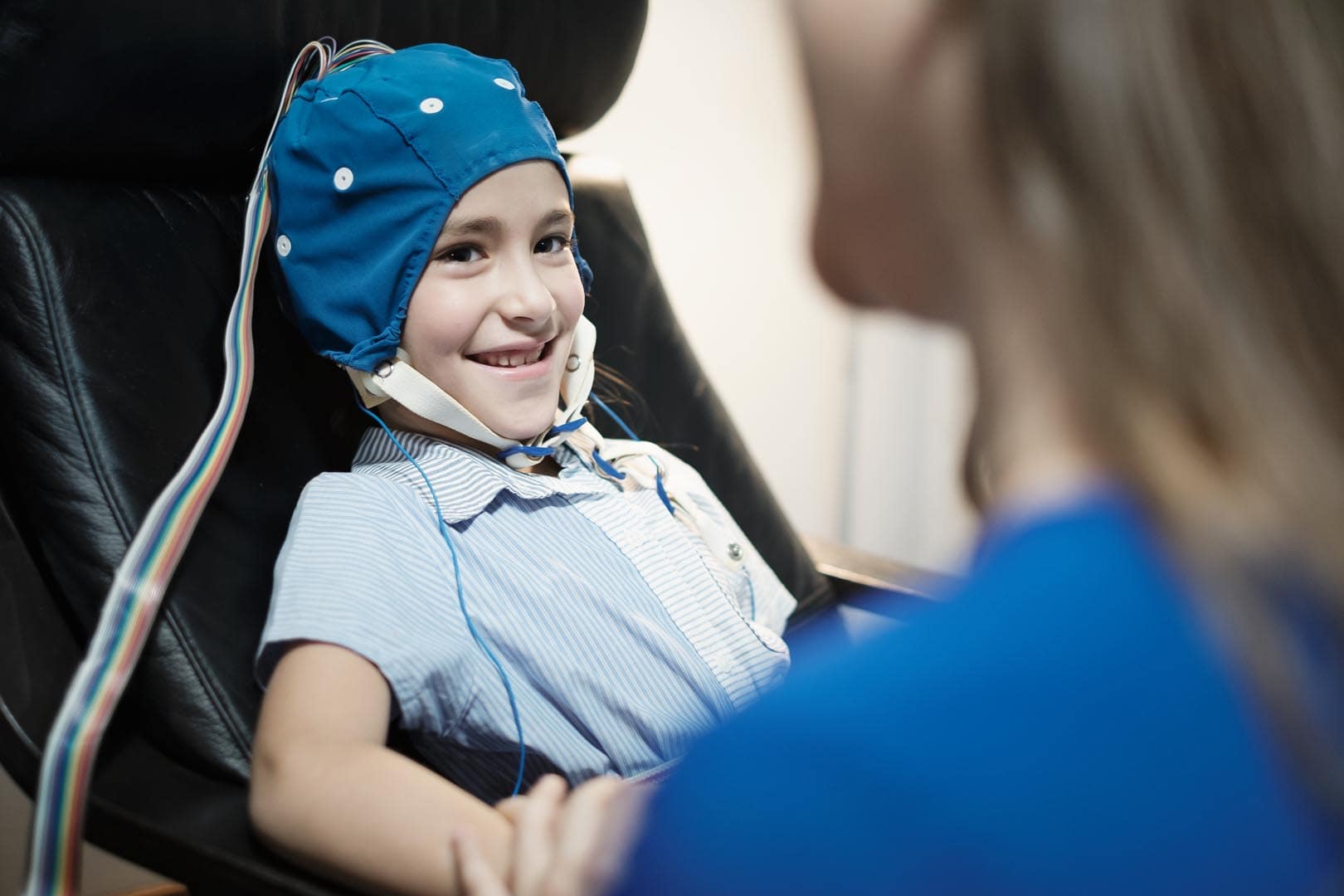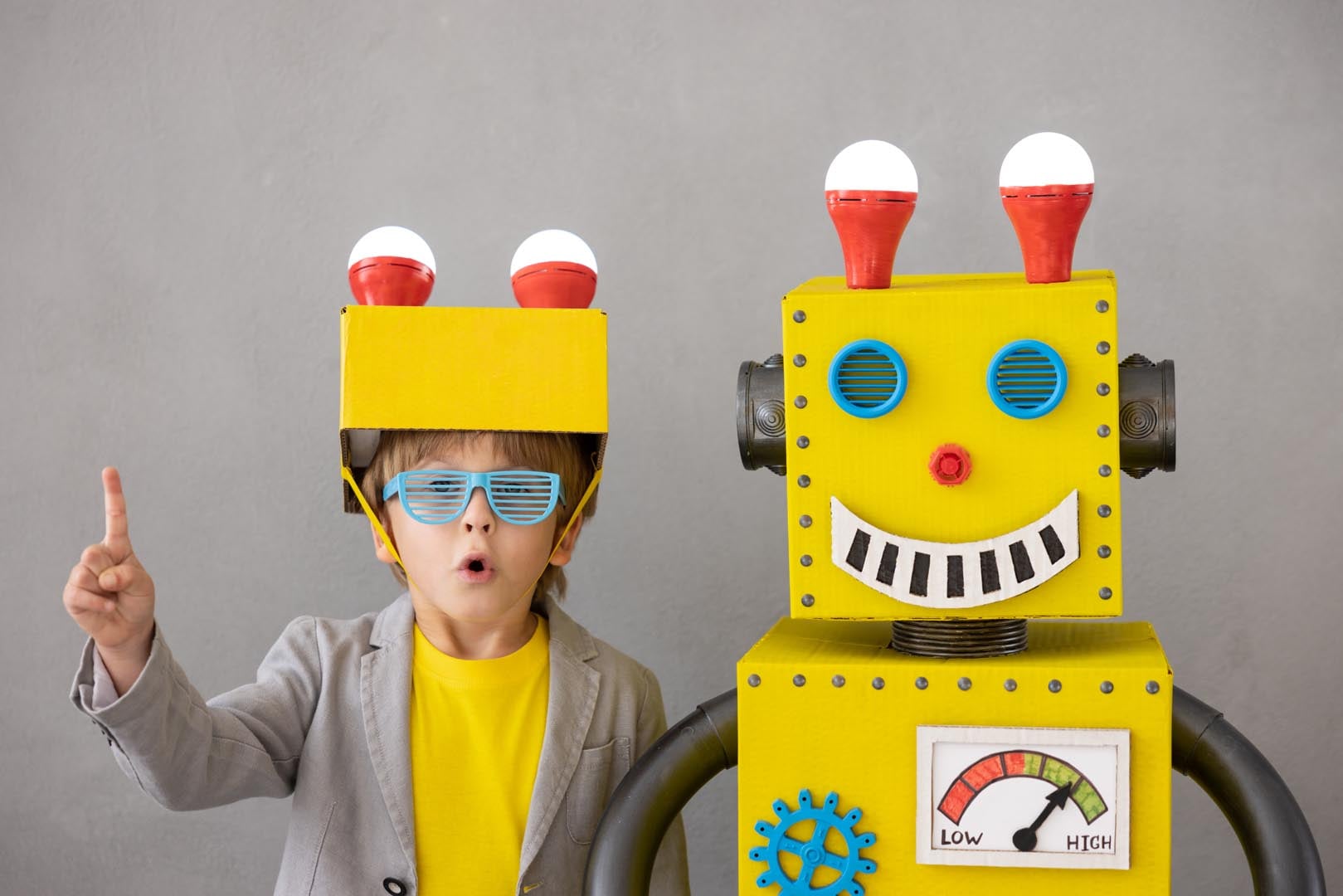Electroencephalogram (EEG)
So you and your child with autism went to see a neurologist as recommended by your child’s pediatrician, he then suggests that you have your child subjected to an electroencephalogram. Sounds like a complicated procedure and something to be feared for harming your child? Well, maybe your anxiety is more appropriate for the test result the electroencephalogram will produce, but the diagnostic test itself is nothing to be alarmed about.
An Electroencephalogram (EEG) is a graphic art on which is traced the electrical potential produced by the brain cells, as detected by electrodes placed on the scalp. It is often recommended for the diagnosis of disorders associated with the brain, spinal cord, or nervous system.
An EEG is a safe test that does not inflict any sort of pain on your child.
So why does your child with autism need one?
Autism Spectrum Disorders are complex disorders that more than often have medical-related conditions that cause or make the symptoms of autism worse. Children with autism usually are prescribed an EEG by a neurologist for the following reasons;
- Serve as an aid in diagnosing epilepsy, which is a disorder that causes seizures. Epilepsy can be associated with autism in early childhood and adolescent years;
- Check for problems with loss of consciousness or dementia;
- Help find out a person’s chance of recovery after a change in consciousness;
- Study sleep disorders, such as narcolepsy;
- Watch brain activity while a person is receiving general anesthesia during brain surgery;
- Of all reasons, epilepsy diagnosis is more likely to be related to autism
Preparing your child for an EEG
Prior to an EEG, it is important to inform your neurologist if your child is taking any form of medication. Certain medications such as sedatives, sleeping pills, muscle relaxants, anti-anxiety drugs, and anti-seizure medication can alter the results of an EEG. Withholding food and drinks that contain any form of caffeine 8 hours before the procedure will also be observed.
Remember to shampoo your child’s hair the night before or the morning of the test. Clean hair that is free of oils, sprays, creams, or lotions is essential to get an accurate reading, so do not use any conditioner. If indicated, you have to let your child stay awake the whole night or 4-5 hours prior to an EEG. This may be the hard part of your preparation, so try your best to keep your child from sleeping or napping.
Childhood Autism is about routine. Introducing new things to your child with autism takes planning and extra time. Use social stories to explain what an EEG is and why it is needed to be done to familiarize your child with the test. You can also utilize picture cards of the equipment, personnel, and health facility where the test will be conducted in order to avoid fear and anxiety.
It is also best that you practice deep, rapid breathing with your child since this may be asked to be done during the procedure. Explaining to your child that he or she may also be instructed to look at a bright, flashing light or be requested to go to sleep during an EEG is also best.
EEG Procedure
An EEG may be done in a hospital setting or simply at your neurologist’s office. An EEG technologist will be there to assist your child on a bed, a table, or a chair where your child will be asked to relax and close the eyes. A cap with 16 to 25 electrodes attached to it will be worn by your child. This cap is connected to a computer that records the electrical activity of the brain.
During the procedure, the technologist may ask your child different things such as to breathe deeply and rapidly for about 3 minutes, to look at a bright flashing light, or sometimes ask to go to sleep. If your child refuses to sleep, he or she might be given a sedative at this point of the test. The test may or may not be stopped several times to allow for a bit of stretching and change of position. The entire EEG procedure can take about 1-2 hours.
In most autism cases that involve seizure activity, a video EEG is prescribed by the neurologist. A Video EEG is simply an EEG procedure caught on tape. This test is helpful to determine what happens before, during, and after a seizure. It is also helpful in determining the location in the brain where the seizures are coming from or in diagnosing psychogenic seizures, which are seizures that look real but do not alter the electrical activity of the brain. Video EEG can be categorized into 2 types;
Short-term monitoring – this EEG is done in an outpatient facility and may last up to 6 hours.
Long-term monitoring – this type of EEG is done in a hospital setting and may last from 3 to 7 days total.
Copyright © by Special Learning Inc. All right reserved.
No part of this article may be reproduced in any manner whatsoever without written permission except in the case of brief quotations embodied in critical articles and reviews. For information, contact Special Learning Inc., at: contact@special-learning.com











